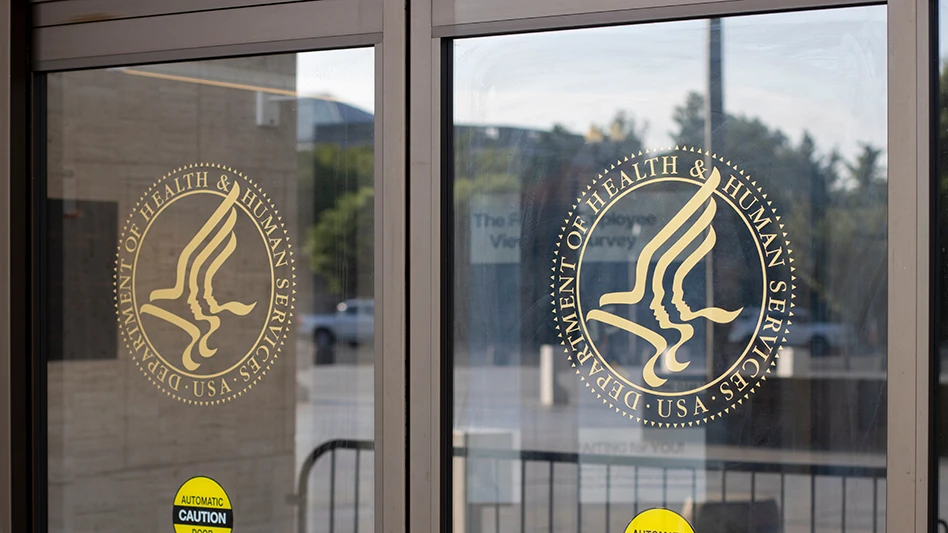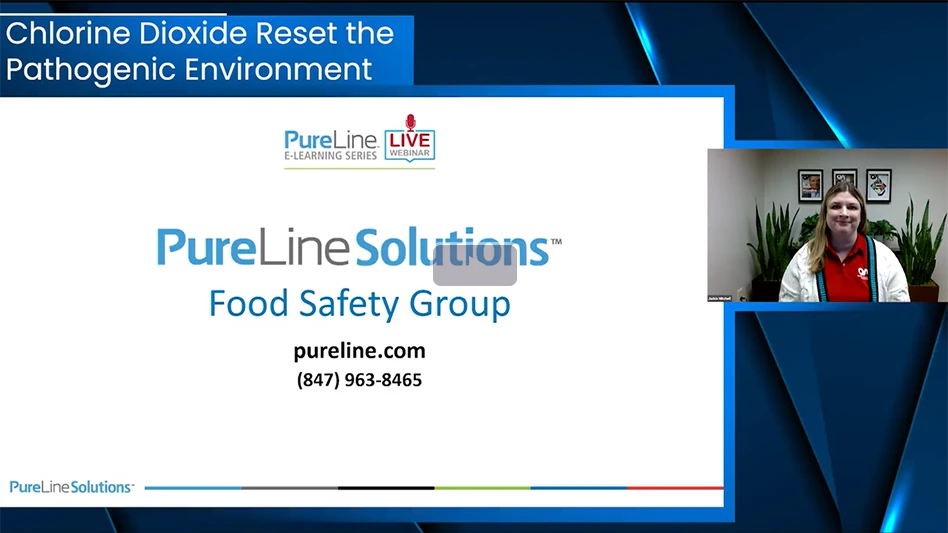
The food industry continues to evolve to meet consumer demand with technological innovation in areas such as product reformulation, new packaging materials, labeling changes, and increased efficiencies in the supply chain. The industry also is committed to providing consumers with tools and information to make decisions about the products they buy and consume.
One proactive change to benefit consumers is that of product date label standardization. In February, the Grocery Manufacturers Association (GMA) and the Food Marketing Institute (FMI) announced a new national initiative to standardize product date labels on foods in the U.S. to reduce consumer confusion and help avoid unnecessary waste.
The initiative seeks to reduce the more than 10 different phrases used on packaging to denote quality, freshness, or safety (e.g., sell by, enjoy by, freshest by, better if used by, etc.) down to just two phrases:
- “BEST if Used By” to indicate product quality.
- “USE By” for the few products that are highly perishable or have a food safety concern over time.
The new voluntary, national standard was developed by a working group of 25 leading GMA and FMI member companies. The associations are recommending that companies adopt this standard immediately, with a goal of broad, nationwide industry adoption by the summer of 2018. This phased-in approach is designed for flexibility, as companies use a range of technologies to print date labels on their packaging.
Experts from the Institute of Food Technologists (IFT), the Natural Resources Defense Council, and the Harvard Food Law and Policy Clinic agree that consumers are confused by the existing myriad of phrases associated with dates on food packaging. This consumer confusion is contributing to in-home food waste and added costs, as some households may be throwing food away unnecessarily.
By streamlining the phrases and helping consumers understand what those phrases mean, companies can proactively address their concerns, reduce waste, and enable consumer savings. This has the added benefit of providing more clarity and information about the safety and quality of the products that consumers buy and use every day.
The new product date label initiative is just the latest way that industry is trying to help consumers with more information. For example, the SmartLabel digital initiative (discussed in the January/February issue) puts detailed information about products at the fingertips of the consumer — linking them to more information than can fit on a label or packaging.
Consumers can access the information through an app or QR reader on a product using SmartLabel, a web search, or a visit to Smartlabel.org, which brings users to a website landing page where companies include additional information about ingredients, allergens, nutrition, and other topics of interest to consumers.

REDUCING WASTE. Food waste continues to be a focus area for GMA and FMI, which is why the two associations joined with the National Restaurant Association in 2011 to found the cross-industry Food Waste Reduction Alliance (FWRA). This initiative, of 30 leading manufacturing, retail, and restaurant/foodservice companies, is working to reduce food waste in operations, increase food donated to those in need, and increase the recycling of unavoidable food waste such as trimmings, peels, and plate waste.
Food waste is the single largest category of material in U.S. landfills, according to the Environmental Protection Agency. Of that, households are the greatest contributors, with about 40% of food waste in landfills originating from consumers’ homes. Addressing this challenge will take many solutions.
Date labeling reform is a step in the right direction, but more work will be needed to help educate consumers and provide solutions to reduce in-home food waste. It is estimated that standardizing date labels will reduce overall food waste to landfills by about 8%, so it’s clear that other solutions will be needed, such as packaging innovations that keep food fresher. There is no silver bullet answer to the larger issue of food waste. Everyone has a role to play, and there are a number of ways that industry is doing its part.
FWRA is actively developing other solutions to help reduce food waste in the supply chain, including helping companies better measure and quantify their food waste, sharing best practices, and identifying public policy solutions that increase infrastructure options around the U.S. Manufacturers, retailers, and restaurant and foodservice operations currently manage their food waste and reduction efforts very differently, due to the varying operating conditions of these businesses. By sharing solutions and collaborating up and down the supply chain, FWRA is helping all companies move forward, faster.
Date labeling reform is a significant step forward in reducing consumer confusion, helping decrease waste, and saving consumers money. GMA and FMI will continue efforts to educate the industry as well as consumers in the months and years to come.
The author is Senior Director, Sustainability, GMA.

Explore the April 2017 Issue
Check out more from this issue and find your next story to read.
Latest from Quality Assurance & Food Safety
- Kim Heiman Elected to Second Term as President of Wisconsin Cheese Makers Association
- FAO Launches $150 Million Plan to Restore Ukrainian Agricultural Production
- Pet Food Company Implements Weavix Radio System for Manufacturing Communication
- Penn State Offers Short Course on Food Safety and Sanitation for Manufacturers
- USDA Announces New Presidential Appointments
- FDA to Phase Out Petroleum-Based Synthetic Dyes in Food
- IFT DC Section to Host Food Policy Event Featuring FDA, USDA Leaders
- CSQ Invites Public Comments on Improved Cannabis Safety, Quality Standards





